| NAME |
electric eel Electrophorus electricus |
| LOCATION |
South American rivers |
| ABILITY |
stunning prey with electrical discharges |

© Andrea Florence/ardea.com
Think of it as a living battery. The electric eel can grow to be more than 2m (6ft 5in) long, but its organs are packed just behind its head, leaving 80 per cent of its body to electricity generation. It’s stacked with up to 6,000 specially adapted muscle cells, or electrocytes, aligned like cells in a battery. Each electrocyte emits low-voltage impulses that together can add up to 600 volts – enough to render a human unconscious. The positive pole is behind the eel’s head, and the negative pole is at the tip of its tail. It tends to remain straight when swimming, using its long ventral fin for propulsion, and so keeps a uniform electric field around itself.
Electricity affects almost every bit of the eel’s behaviour. As well as stunning or killing with high-voltage pulses, it communicates with other eels electrically and uses electrolocation (a sort of electrical bounce-back system) to detect objects and other creatures in the water. Fish and frogs are its staple prey, and it can detect the minute electric currents these and other living things produce. The eel can’t see well, but this doesn’t matter much, since it is mainly nocturnal and tends to live in murky water.
There are other electrified fish, including the related knifefishes, which generate a weak electric field around themselves that they use to sense objects and fish prey and to communicate. The only other shockers are the torpedo ray and the electric catfish, but neither is as shocking as the electric eel.
| NAME |
wood frog Rana sylvatica |
| LOCATION |
Canada and Alaska |
| ABILITY |
withstanding being frozen for weeks |
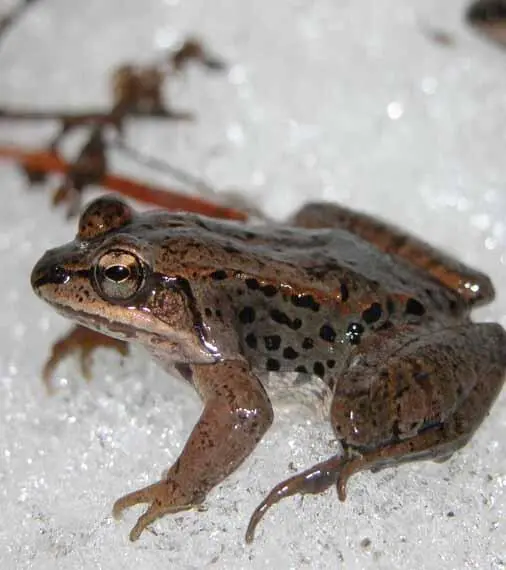
© J M Storey/Carleton University
There’s an African midge so well adapted to drought conditions that, as a sideline, it can withstand being artificially frozen to –270°C (–454°F). Lots of other insects can survive freezing, too, but the creatures that can withstand cold for the longest period are probably bacteria in Antarctica.
The most freeze-tolerant higher animal is the wood frog, which can literally become a ‘frog-sicle’, enabling it to live further north than any other amphibian and to hibernate close to snowmelt ponds, presumably to give it a head start and enable it to reproduce quickly before the ponds dry.
When the temperature drops below freezing, the frog’s liver starts converting glycogen to glucose, which acts as an antifreeze. The blood passes the glucose to the vital cells, which are then protected from freezing on the inside, all the way down to –8°C (18°F). But the rest of the frog’s body fluids, up to 65 per cent of them, turn to ice and the organs, deprived of blood, actually stop working. Even the eyeballs and the brain freeze. It is effectively the living dead. (The painted turtle Chrysemys picta can do this, too, but only briefly.) When a thaw comes, the frog’s heart starts beating and pumps blood containing clotting proteins around the body, which stops bleeding from wounds caused by the jagged ice crystals. The frogsicle quickly comes back to life and, just as miraculously, so do the frozen parasitic worms in its body.
| NAME |
African grey parrot Psittacus erithacus |
| LOCATION |
Central and West Africa |
| ABILITY |
communicating with humans |
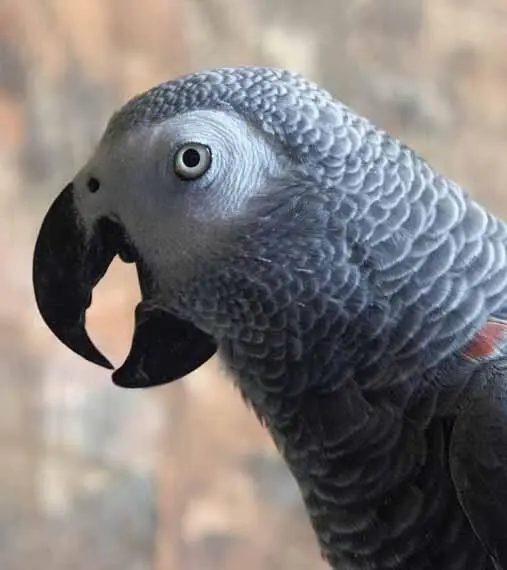
© Jenny Pegg
African greys live in huge flocks that sweep through the rainforests foraging for fruit, nuts, seeds and herbs and constantly communicating with each other. In the wild, no one has been able to do more than categorise their calls as, for example, threat or making contact. These calls could, though, be far more meaningful and complex if the language skills of pet grey parrots are anything to go by – for African greys can be taught to understand and speak human language and may some day even be able to read words.
The most famous of these parrots (though several others have been making the news recently) is Alex, protégé of Dr Irene Pepperberg of Brandeis University in Massachusetts. Alex can identify the colours and shapes of objects and what they’re made of. He can, for instance, say, ‘four-corner wood square’ if that’s what he’s been shown. If he wants to be given something or to go somewhere, he only needs to ask. And he can actually make wisecracks and some rudimentary conversation.
One story Dr Pepperberg tells about him is how during a demonstration of his ability to identify alphabetic letters on cards, Alex would say ‘sssss’ for S, ‘shhh’ for SH, ‘tuh’ for T and so on and after each correct answer would ask for a nut. Since that would have slowed things down too much, Dr Pepperberg would say each time, ‘Good birdie, but later.’ Finally Alex looked at her, narrowed his eyes and said, ‘Want a nut. Nnn, uh, tuh.’
| NAME |
Texas horned lizard Phrynosoma cornutum |
| LOCATION |
southern USA and Mexico |
| ABILITY |
blood squirting |
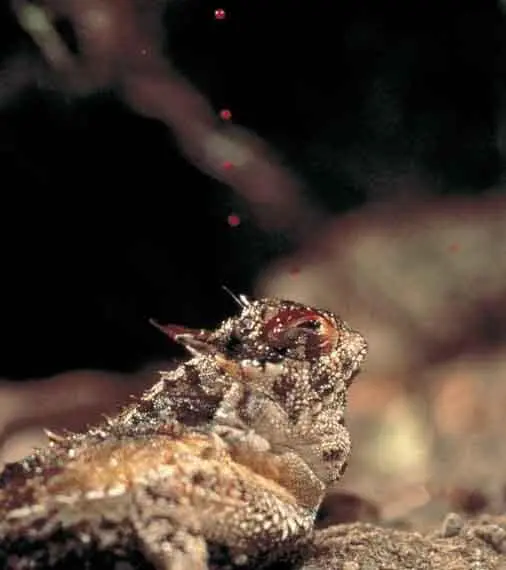
© Raymond Mendez/Oxford Scientific Films
Revered by native peoples for thousands of years, the Texas horned lizard has an array of abilities. It eats mainly ants – and lots of them, since much of an ant is indigestible. This necessitates a huge stomach. Eating more than 200 ants a day means exposure in the open for long periods, and being stomach-heavy means a horned lizard finds it difficult to scamper away from predators.
Instead, it relies on an armoury of defences. It has camouflage colouring, with an outline broken by spines and outgrowths, and it will freeze if a predator approaches. Its horns and spines can pierce the throat of a snake or bird, and it can hiss and blow itself up to look even more fearsome. When it comes to coyotes, foxes and dogs, a horned lizard’s most spectacular defence is to squirt foul-tasting blood from sinuses behind its eyes. That usually has the desired effect. But it squirts only when it’s provoked, since it risks losing up to a quarter of its blood.
Such abilities are, however, no defence against human invasion of its land. Its strange shape and colouring has made it attractive to reptile collectors, and its habit of freezing means it is prone to being run over. And with humans have come exotic fire ants, which it can’t eat and which are replacing the native ants on which the lizard depends – a sorry way for such a determined survivor to go.
Читать дальше
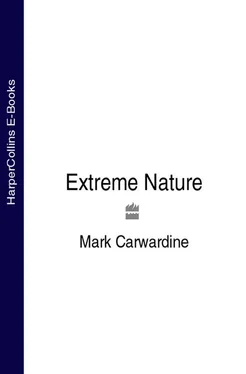












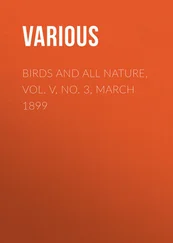
![Various - Birds and Nature Vol. 11 No. 3 [March 1902]](/books/745532/various-birds-and-nature-vol-11-no-3-march-1902-thumb.webp)
![Various - Birds and Nature Vol. 9 No. 3 [March 1901]](/books/745788/various-birds-and-nature-vol-9-no-3-march-1901-thumb.webp)